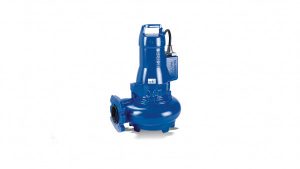|

Submersible pumps are versatile and efficient devices designed to operate fully submerged in liquids. They are widely used in applications such as water extraction, sewage management, mine dewatering, and fountain systems. Let’s explore the basics, applications, and benefits of submersible pumps.
Applications of Submersible Pumps
1. Borehole Pumps: Efficient Water Extraction
Borehole submersible pumps are ideal for drawing water from underground wells. Their compact, corrosion-resistant design ensures durability and consistent performance for agricultural, industrial, or domestic needs.
2. Mine Dewatering Pumps: Keeping Operations Dry
Mines often face water challenges. Submersible pumps handle water removal efficiently, even in abrasive conditions, ensuring safe and effective mining operations.
3. Sewage Pumps: Effective Wastewater Management
Designed to handle solids, sewage pumps manage wastewater without clogs. Their durable materials and reliable operation make them essential for residential and industrial sewage systems.
4. Fountain Pumps: Enhancing Aesthetic Appeal
Submersible pumps power fountains by circulating water discreetly. Adjustable flow rates and energy-efficient designs allow for stunning water displays with minimal noise.
Benefits of Submersible Pumps
- Energy Efficiency: Immersed operation reduces energy loss.
- Quiet Operation: No noise disruption as they work underwater.
- Ease of Installation: No need for priming or suction piping.
- Durability: Robust designs handle harsh environments effectively.
Selecting the Right Submersible Pump
- Application-Specific Features: Match pump capacity, material, and solids-handling ability to your needs.
- Energy Efficiency: Choose pumps with optimized power consumption.
- Reliability: Opt for reputable brands and durable materials.
Maintenance Tips
- Clean Regularly: Remove debris from screens and impellers.
- Inspect Connections: Ensure seals and fittings remain watertight.
- Monitor Performance: Address unusual noises or drops in efficiency early.
For complex issues, consulting a professional ensures the longevity of your pump.
By understanding and selecting the right submersible pump for your needs, you can ensure efficient, reliable, and cost-effective operation for years to come.
|


